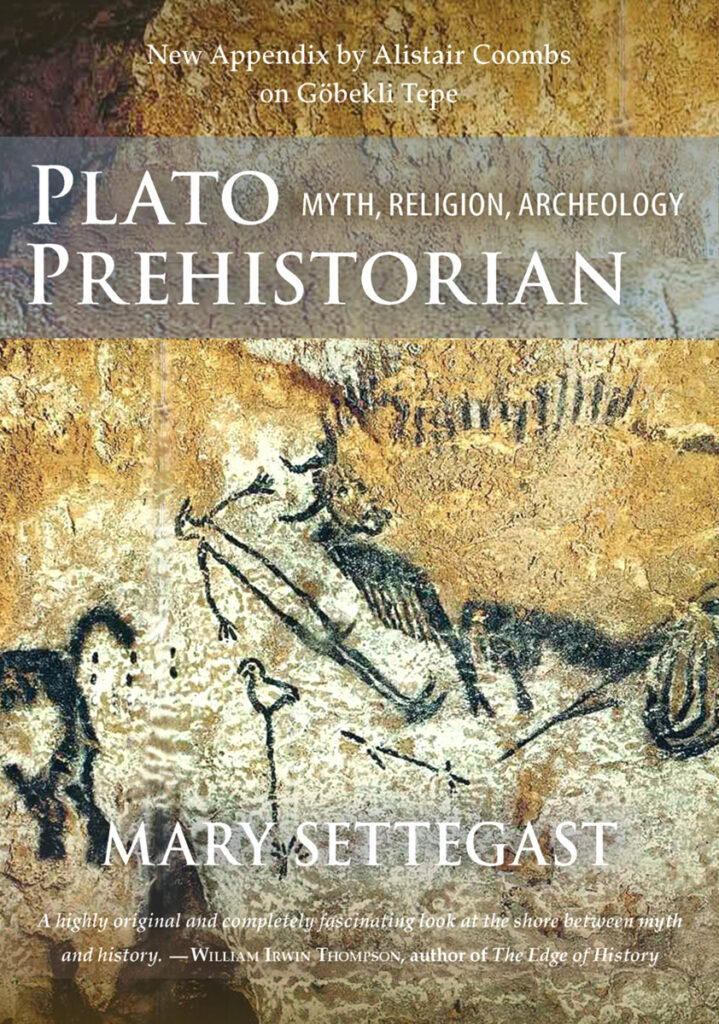Just republished by Steiner Press!
Purchase from Steiner Press
In the Timaeus and Critias dialogues, Plato wrote of two ancient civilizations that flourished more than 9,000 years before his time. After fiercely waging war against one another, both were subsequently overwhelmed by earthquakes and “the greatest of all destructions by water.” Socrates declared the account to be true, and modern archaeological techniques may yet prove him right.
Plato Prehistorian takes us from the cave paintings of Lascaux to the “shrines” of Çatalhöyük, discovering correspondences to both Plato’s tale and the mystery religions of antiquity. When we arrive at the late seventh millennium impulse that revitalized the spiritual life of Çatalhöyük and spread agriculture from Iran to Greece, we again turn to the ancient historians. For Aristotle was only one of several Greeks who believed that the seventh millennium BC saw the birth of the legendary Persian prophet Zarathustra, for whom the cultivation of the earth was a religious imperative.
This new edition of Mary Settegast’s ground-breaking synthesis of classical and archaeological scholarship features an appendix by Alistair Coombs on the recent excavations at Göbekli Tepe in southeastern Turkey, which have upended the conventional view of the rise of civilization.
“A highly original and completely fascinating look at the shore between myth and history.”
— William Irwin Thompson, author of At the Edge of History
“Fascinating and challenging. . . . a useful, well-documented, and courageous effort to break away from the unilinear paradigm and to propose a new framework for the data of the Holocene.”
— J. V. Luce, Professor of Classics, University of Dublin
“. . . well worth considering as part of a new model for the period from 10,000 to 5000 BC.”
— J. L. Benson, Professor Emeritus of Archaeology, University of Massachusetts
Addendum:
If Plato Prehistorian enjoys an updating at some point in the future, it will be largely due to the recently discovered coincidence between the date given by the Egyptian priest for the catastrophic flooding of Mediterranean lands (c. 9600 BC) and the dates of both the initial construction of stone pillars at Gobekli Tepe (c. 9600 BC) and the extraordinarily sudden end of the Younger Dryas (c. 9600 BC), the last of the ice ages.
In the Timaeus, the Egyptian priest speaks of “earthquakes and floods of extraordinary violence, and in a single dreadful day and night all your fighting men were swallowed up by the earth.” According to Robert Schoch (Forgotten Civilization, 2012), “although we cannot precisely determine either the cause or the exact age in years of the end of the last ice age (9700 BC or 9550 BC or some other date near these two), our current inability to resolve the finest details of something that happened so long ago means that such a catastrophe may have literally happened overnight.”
